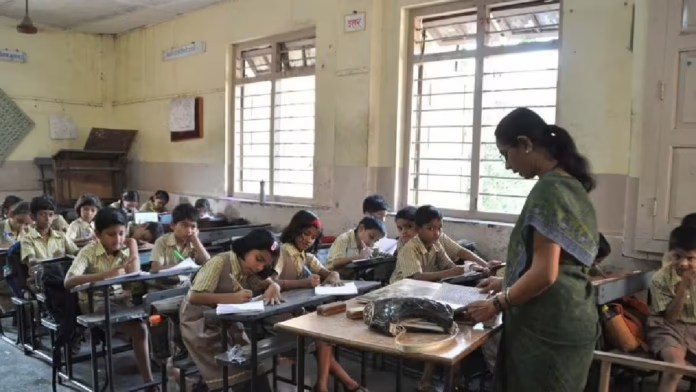In a major development, the Nagaland government has temporarily halted the transfer and posting of 1,650 government school teachers across the state. This decision comes in response to mounting opposition from student bodies and concerns regarding the execution of the process.
The announcement was made on Monday, February 19, through an official notification issued by Thavaseelan K, Principal Director of the Department of School Education. According to the notification, the transfer and posting orders issued on February 6 and February 10 have been put on hold until further review. The government stated that the pause was made “in the interest of public service” and pending further examination of the situation.
Breakdown of the Transfer and Posting Orders
The Department of School Education in Nagaland had issued these transfer orders as part of its teacher rationalization process to ensure a balanced distribution of educators across government schools. The plan aimed to improve the quality of education by placing teachers where they were needed most.
The orders were divided into two phases:
- February 6: Transfer of 278 Mathematics and Science graduate teachers
- February 10: Transfer of 840 primary teachers, 341 graduate teachers, and 191 graduate Hindi and undergraduate Hindi teachers
As per the directive, teachers were required to report to their new postings within seven days or face salary withholding as a consequence of non-compliance. However, the implementation of the transfers faced immediate resistance from student organizations and other stakeholders.
Why the Teacher Transfers Were Halted?
1. Strong Opposition from Student Bodies
Various student organizations across Nagaland raised strong objections to the teacher rationalization process, stating that it was poorly planned and executed without proper groundwork or statistical analysis.
They argued that the government had failed to consider:
- The impact on students due to sudden shifts in faculty.
- The readiness of schools to accommodate the changes.
- The disruption in academic activities, especially with ongoing board exams and other critical learning phases.
2. Lack of Consultation with District Authorities
Another key concern raised by student bodies and stakeholders was that the district education authorities were not consulted before the transfer orders were issued. This lack of coordination allegedly resulted in confusion and uncertainty within the education system.
Student leaders emphasized that a district-level assessment should have been conducted before reassigning teachers, ensuring a smooth and fair transition.
3. Potential Disruption in Education
With 1,650 teachers being moved across different districts and schools, there were growing fears that the transition could disrupt ongoing academic activities. This concern was particularly valid for schools in remote areas, where teacher shortages could severely impact students’ learning outcomes.
4. Calls for Review and Better Planning
The student organizations demanded a review of the transfer policy, insisting that any teacher reallocation must be based on real-time data, school needs, and thorough assessment. They called for the Nagaland government to work collaboratively with education experts, teachers, and district administrators before implementing such large-scale transfers.
Government’s Response and Next Steps
Following the backlash, the Nagaland government decided to pause the transfer and posting process until further review.
While the government has not provided a specific timeline for when the review will be completed, education officials have assured that they will reassess the rationalization process to ensure a fair and transparent distribution of teachers across government schools.
Impact of the Decision on Nagaland’s Education System
The temporary suspension of the teacher transfer orders has brought relief to affected teachers and students. However, it also raises questions about how the government will address the issue moving forward.
Potential Impacts:
1) Reduced uncertainty for students: Teachers can continue their academic activities without sudden changes.
2) More time for proper planning: The government can reassess the transfer process based on real data.
3) Better collaboration with stakeholders: Ensuring consultation with district authorities and student bodies.
However, if not handled effectively, the delay could also:
1) Prolong teacher shortages in underserved areas.
2) Impact school infrastructure planning and development.
3) Lead to administrative challenges in future teacher allocations.
The Nagaland government’s decision to halt the transfer and posting of 1,650 teachers highlights the need for better planning, transparency, and stakeholder engagement in education reforms. While teacher rationalization is essential for improving educational quality, it must be done strategically and collaboratively to prevent disruptions in learning.
Moving forward, it is crucial that the government engages with student bodies, education experts, and district authorities to ensure that teacher transfers are executed smoothly and effectively, benefiting both educators and students across Nagaland.




